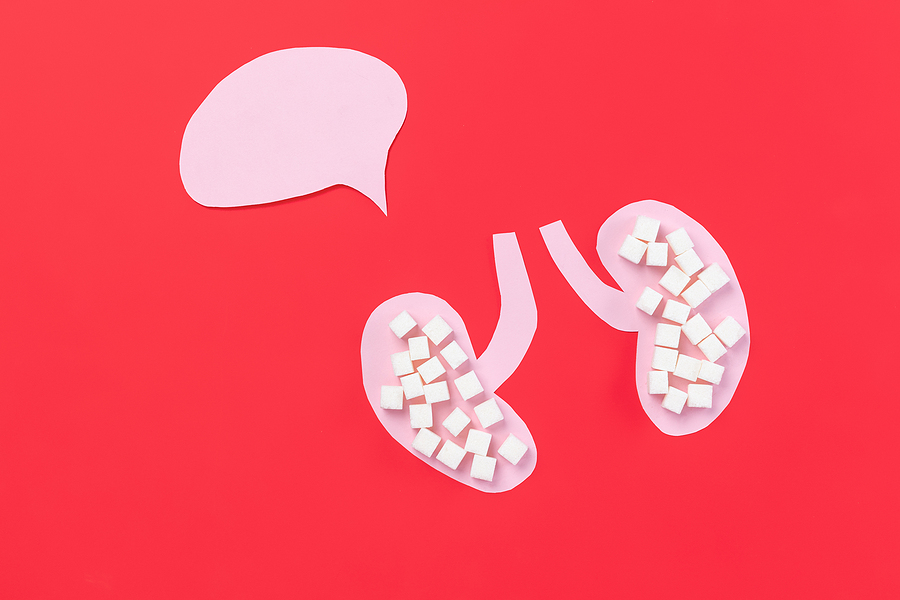Renal Diabetic Diet Food List for People with Diabetic Kidney Disease
Healthful Vitality | 09/22/2021 | By NP Contributor | Renal Diabetic Diet Food List.

Having chronic kidney disease is not rare in diabetes. In fact, almost one-third of all living with diabetes have CKD. Moreover, diabetes is now the number one cause of kidney failure globally. It is because high blood sugar damages small and sensitive blood vessels in the kidneys. This article presents renal diabetic diet food list for healthy lifestyle for people with diabetic kidney disease.
To make things worst many are also living with hypertension and other cardiovascular disorders.
Renal diet in diabetes is similar to any other diabetic diet, but with some added restrictions. How severe these restrictions apply will depend on the severity of CKD. Generally, it is a good idea to consult a specialist or a dietician to understand that fully.
Additional food limits in renal diet
Most notably, those living with renal disease in diabetes have to limit their salt intake severely. Because of poor kidney function, the body does not lose much sodium, and consuming more salt will quickly cause hypernatremia leading to higher blood pressure and worsening of swellings.
Additionally, one also needs to control the intake of minerals like potassium, phosphorus in the diet.
Reduce the portion size of foods rich in potassium or even avoid them like oranges, tomatoes, potatoes, whole grain bread. On the other hand, foods low in potassium are good to consume, like apples and carrots.
Those on a renal diet are generally recommended to give up red meat consumption. Proteins make kidneys work harder, causing greater damage. Thus, one should consume them in moderate amounts and prefer lean proteins like fish or chicken.
Renal diabetic diet food list
Below are some ideas regarding foods that are good to eat when living with diabetes. However, it is worth understanding that lots would depend on the severity of the condition. For example, those living with moderate to severe kidney disease should plan their diet in consultation with a specialist.
- Vegetables: carrots, onions, turnips, eggplant, and cauliflower
- Fruits: most berries like blackberries, strawberries, cherries, grapes, apples, and plums
- Carbs: white bread, sandwich bun, bagels, pasta, bagels, unsalted crackers (be careful with carbs especially, as they are necessary but also increase blood glucose level)
- Proteins: lean meats like fish and chicken breast, eggs, most unsalted seafood
- Fats: like canola oil, peanut oil, olive oil can truly help meet daily calorie requirement
- Drinks: water, unsweetened teas, clear diet sodas – if morning swellings are the problem, one may need to know the daily water limit.
It is worth noticing that kidneys have excellent reserves. However, when symptoms like morning swellings become regular, most kidney tissues have been damaged, perhaps more than 80%.
Additionally, it is worth noticing that, in fact, during late-stage kidney disease, sugar levels may improve a bit. This is because the body with severe kidney disease uses insulin differently. However, blood sugar generally tends to increase after dialysis. All this means a greater need to monitor blood sugar levels and a frequent need to correct insulin. Finally, a word of caution that these recommendations would work well for mild to moderate kidney disease. However, in more severe kidney disease, one would require a dietitian to manage the meals.
(Also Read: Best Diet to Reverse Prediabetes Naturally)
